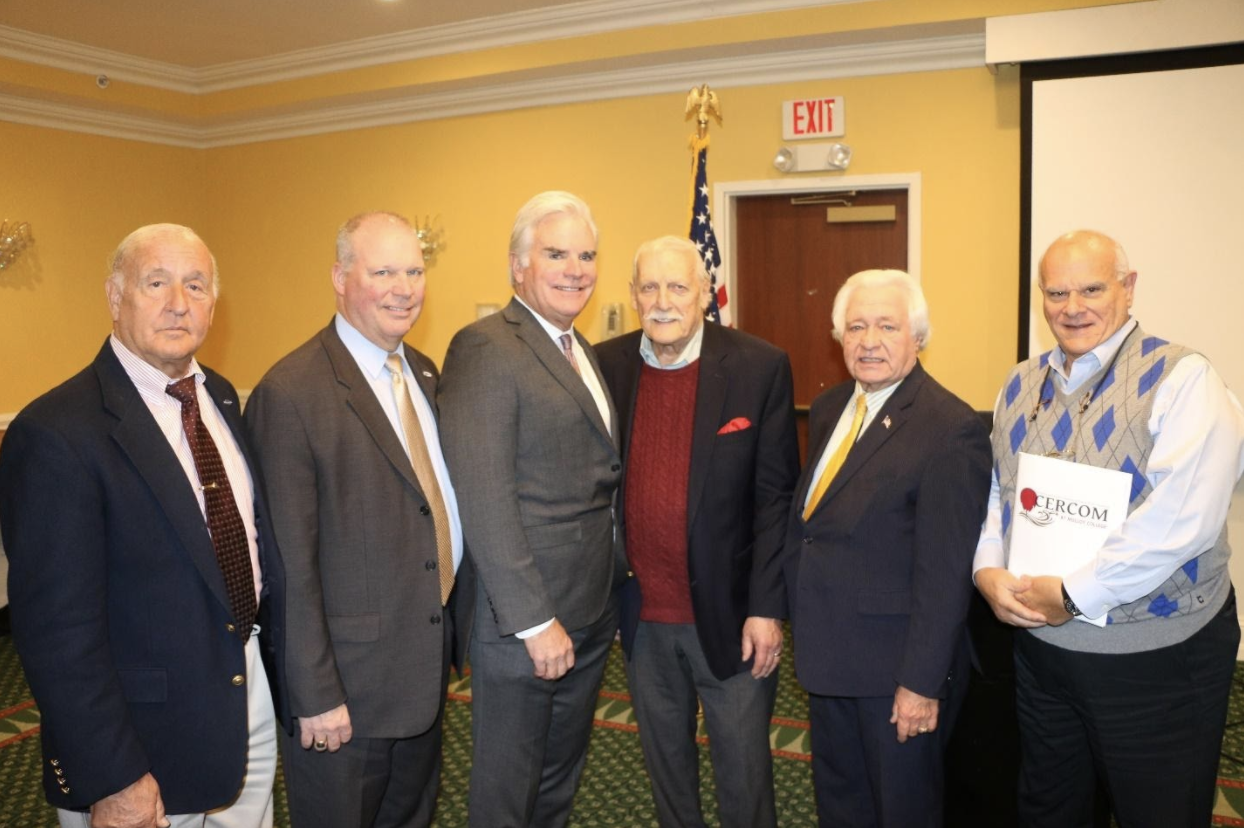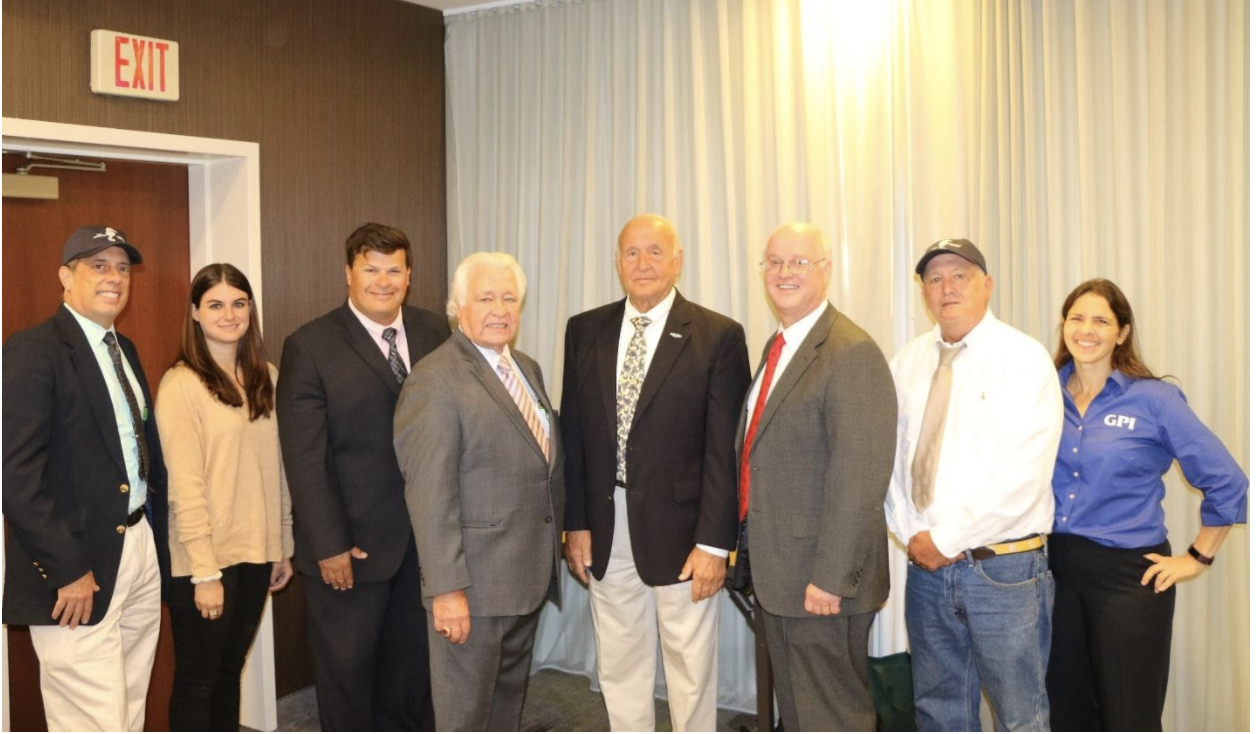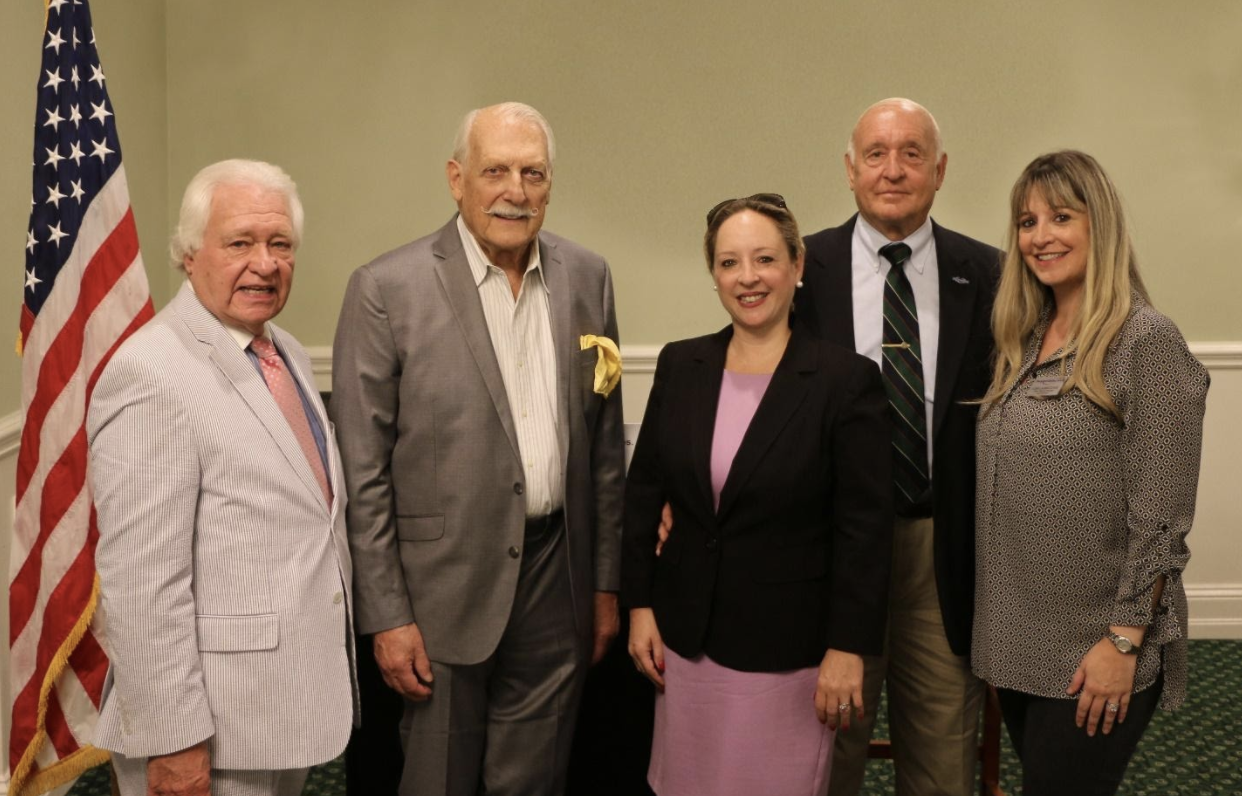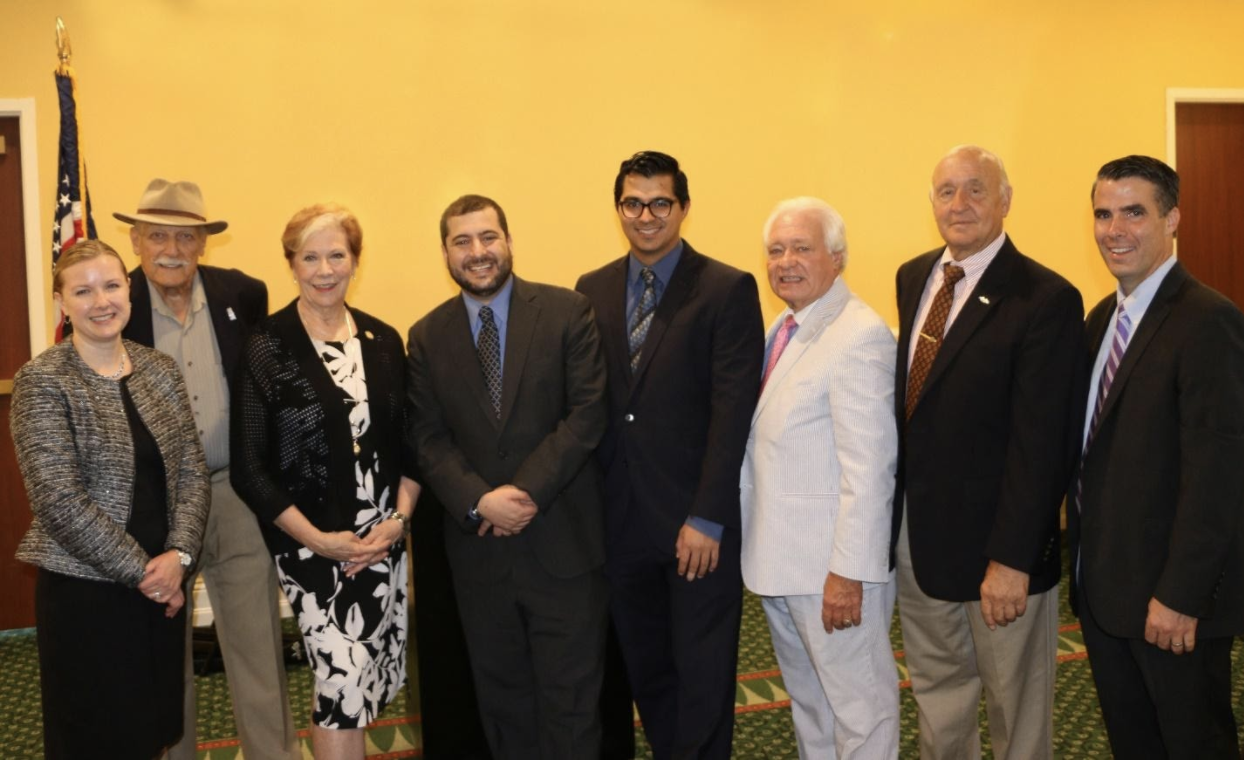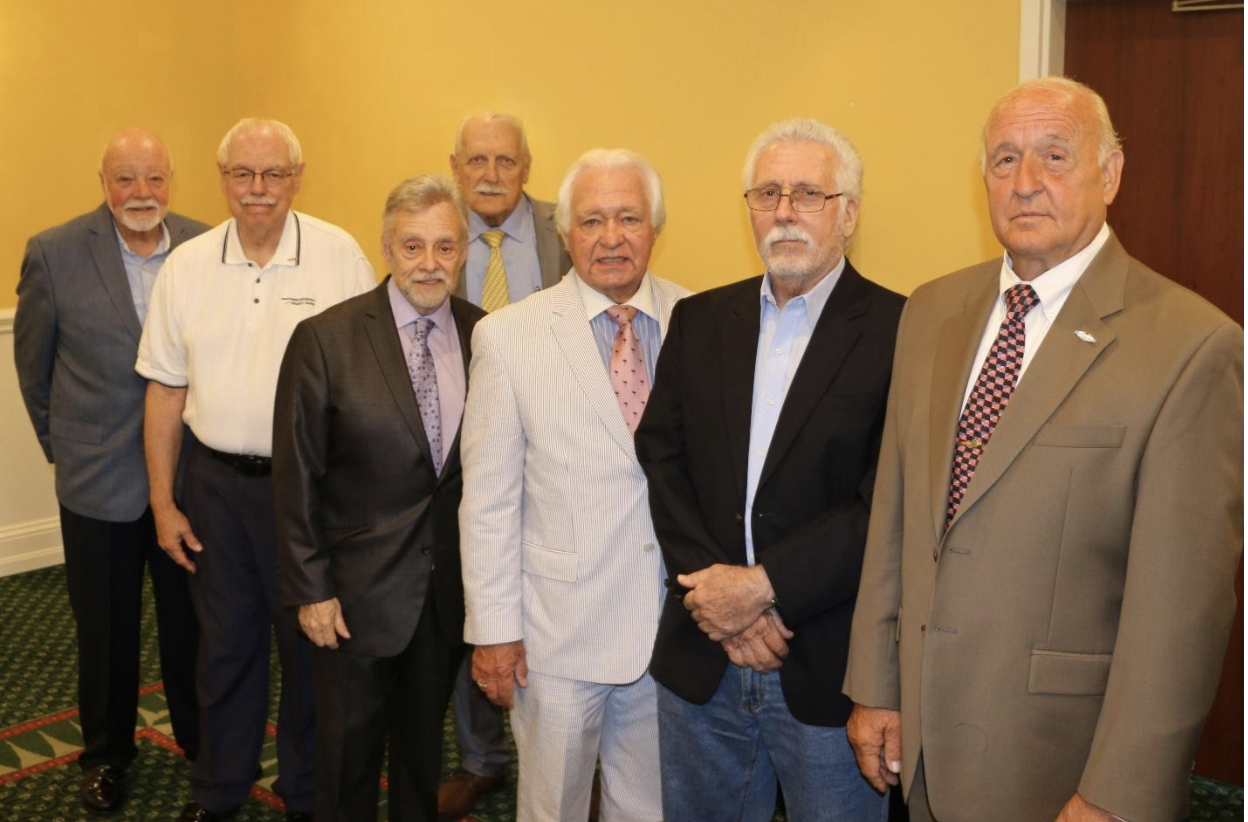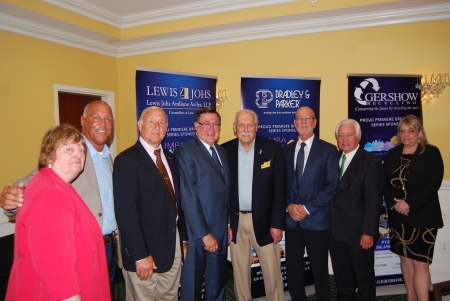On February 14, Dr. Donald Boomgaarden, President, St. Joseph’s College, spoke about the challenges in higher education at the LIMBA (Long Island Metro Business Action) meeting, and how he is addressing them at the college. The meeting took place at the Courtyard by Marriott in Ronkonkoma.
Dr. Boomgaarden said the philosophical problem that today’s colleges and universities face is what he called “the globalization of superficiality.” With today’s technology, he said, more people are turning to the Internet to get their information. As a result, college-age students spend less time reading, thinking of or discerning real-world problems and learning about subjects. “The Internet creates an illusion of knowledge,” he said.
At St. Joseph’s, where he also teaches music, Dr. Boomgaarden challenges his students, who, he said, are looking for depth when it comes to learning a new subject and they “want to connect with something profound.” When the students are challenged, he said, they want to learn more. The most significant part of learning, he said, is “learning for its own sake.” People wish to learn more for the joy of it and that, he said, is very important to him.
Another issue facing higher education, according to Dr. Boomgaarden, is universality — that is, the colleges’ need to connect to the real world. He said colleges cannot be isolated from the local community; instead, they need to reach into the community, be a part of it and make the world a better place. This is done, he said, through experiential learning, in which businesses interact with local colleges to offer students internships, externships, paid and volunteer positions.
In addressing standardized testing, Dr. Boomgaarden said such tests as the Regents, while well-intentioned, are actually detrimental because they actually do not measure a student’s true academic performance and using a “one-size-fits-all” approach to the college admissions process will not work.
Dr. Boomgaarden also pointed out some of the more disturbing trends among college students, such as the inability to read and write. In his music class, he emphasizes writing as part of his curriculum, whether it is writing reports on musical artists and composers or reviews of concerts or albums. He added that more students are experiencing mental and emotional health issues such as anxiety and depression, and that the college has programs to help students overcome these problems. Lastly, fewer students attending New York State colleges are graduating. St. Joseph’s has a 70% graduation rate, which is twice the rate of New York’s, according to Dr. Boomgaarden, and its retention rate of first-year students is 90%.
The biggest problem students face after graduation is debt. In New York State, the average student debt in New York State is $38,000, according to Dr. Boomgaarden. Tuition for the Patchogue location is $14,000 a year and approximately $9,000 for the Brooklyn location (both prices mentioned are after receiving financial aid). He said these prices make St. Joseph’s the least expensive private college on Long Island.
In addition, St. Joseph’s offers online programs, from which students can earn degrees or special certificates. Some of those programs include business and healthcare administration. Dr. Boomgaarden emphasized that the online courses are hosted by the college’s own IT department, unlike other online colleges which use third-party providers. He also warned against for-profit colleges that advertise themselves on TV; he said they have poor educational quality and nearly half of the students are burdened with debt when they graduate. He said it is only right the for-profit colleges pay their fair share to alleviate student debt.
Dr. Boomgaarden is the college’s eighth president. He was previously Provost and Senior Vice President for Academic Affairs at the University of Scranton. Prior to that, he was the Dean of the College of Music and Fine Arts and David P. Swanzy Distinguished Professor of Music at Loyola University.
For more information, or for a list of upcoming events, call (631) 757-1698 or visit www.limba.net.


